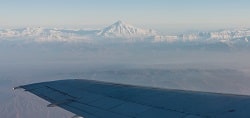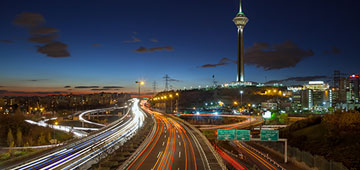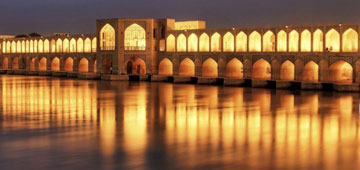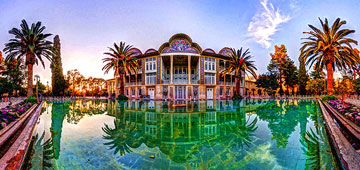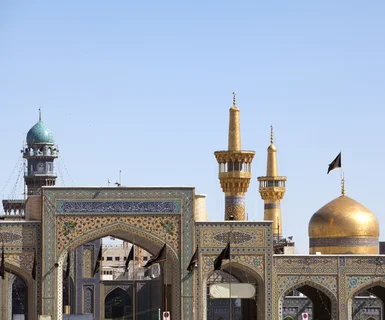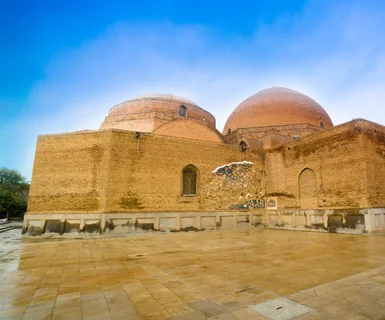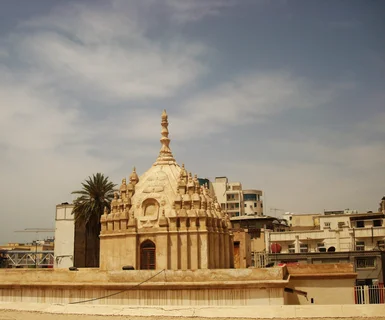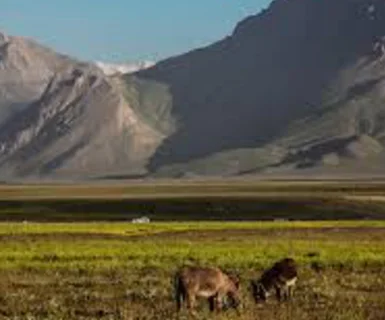A Complete Guide for Domestic Flights in Iran
Steps for booking a flight
Enter the departure and arrival cities, date of the flight, and number of the passengers. Click on the search button to get a list of the available flights. Check out the list and choose the best one based on the provided flight information. Flight information include date and time, name of the airline, available seats, flight class, and price. After choosing the flight, enter the required information and pay online. You’ll then receive an electronic receipt for your flight. Hand the electronic receipt and a valid ID card when arriving at the airport. You don’t need to print your receipt.
Why air travel in Iran?
Traveling in a vast country like Iran may take up to 20 hours on land. For this reason, taking a flight would be your first choice if you’re planning to travel to faraway destinations and saving time is your priority.
How to get to the airports?
Most Iranian airports are located in the suburbs of the cities, making them less accessible than bus terminals or train stations. There are, however, some airports (e.g., Mehr Abad) which are directly connected to the public transportation system. In most cases, you need to take a taxi to get to city center or your hotel. In the ground transportation area of the airport, there is usually a taxi booth where you can get a taxi. There are usually two options for you: to get prepaid flat-rate taxis, or negotiate a fare with incoming taxis who are dropping off passengers at the airport.
For the first choice, stop at the taxi booth in the arrivals hall and pay the fare. You will then receive a ticket to give to your taxi driver before getting on it. It’s always a good idea in Iran to ask a few taxi drivers to get the best price. In addition to these taxis, you can use domestic online taxi providers like ‘Snapp’, ‘Tap30’, etc. (which work like Uber); the services are usually very reasonable (most often less than 9 euros even for very long rides) and you can choose your destination on map without facing the troubles of getting to your address. Before taking a ride, don’t forget to have cash in Rials, as most drivers won’t accept euros or dollars. (Read our full Iran transportation guide)
Before-flight checklist
- Make sure you have all your travel documentation in a safe place (your passport, booking receipt, extra copies of your documents as well as a list of emergency phone numbers)
- Plan to arrive on-time at the airport at least one hour before domestic flights and three hours before international flights; especially during peak time, you should expect crowed streets as well as long lines at the airports.
- Large airports like Mehr-Abad have more than one terminal. Check your airline to see which terminal you should refer to get aboard.
- Ensure you’re not traveling with any prohibited items .
- Check the weight limit for your baggage; different airlines have different polices.
Facilities at the airports
In almost all Iranian airports you’ll find:
- ATMs: But remember! Machines only dispense Rials.
- Banks: While there are bank offices at the airports, they do not usually offer currency exchange services. Remember to have enough cash to avoid any trouble.
- Duty free shops, gift shops, and cafes: You can buy some souvenirs, gifts, snacks or drinks. Remember that these shops are usually pricier than shops in the town.
- Information desk
- WiFi: Don’t expect to find free WiFis easily. Some major airports offer free WiFi, but you usually need a SIM or an Internet connection (yeah!) to receive your password via text message email. You also need a little Farsi to read the instructions.
- Mobile charging spots: If you’re running out of power, you can charge your devices at the spots available in the departures and arrivals areas.
- Prayer rooms
- Sleep zones: There is no sleep zone in the airports and you need to sleep on the seats. So, having a blanket, a sleep bag, or a recliner is recommended if you’re planning to spend a night at an Iranian airport.
